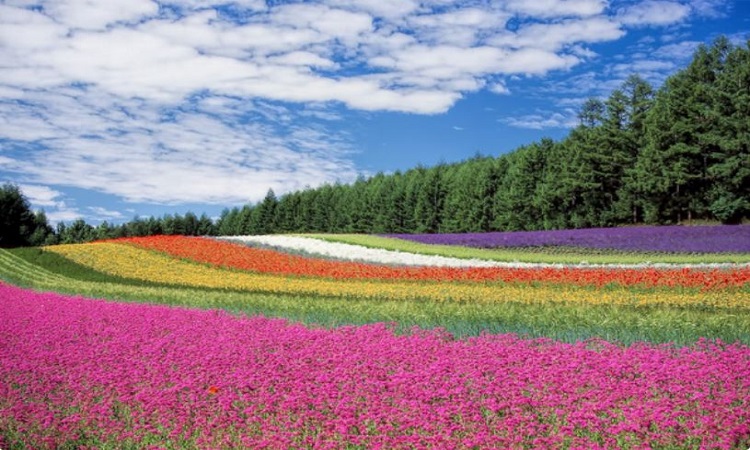
Washington: Scientists uncovered the evolutionary history of the Arctic flora. The findings were published in the journal Nature Communications.
The Arctic tundra, located north of the natural tree line, is a young and new type of biome that is especially vulnerable to the effects of global warming. Climate change has caused changes in the composition, density, and distribution of Arctic vegetation. As a result, there is an urgent need to better understand how the Arctic flora evolved over time.
The researchers chose 32 angiosperm clades from the angiosperm tree of life, totalling 3,626 species from 10 orders and 16 families. They discovered that dispersal to the Arctic and in situ diversification within the Arctic followed similar time trends, starting around 10-9 Ma, increasing sharply around 2.6 Ma, and peaking around 1.0-0.7 Ma.
The researchers hypothesised that since the early Late Miocene, progressive landscape and climate change, as well as sea-level fluctuations, have all contributed to the emergence and diversification of modern Arctic flora.
Furthermore, they identified western North America as a significant source of Arctic plant biodiversity.
"We found that the origin of the Arctic flora dates back to the early Late Miocene, which is much earlier than the prevailing view of when this flora first appeared. And we showed that both immigration and in situ speciation have contributed to the biodiversity of the Arctic biota, but the latter has long been overlooked," said WANG, corresponding author of the study.
The scientists also suggested that there is a long-term dispersal corridor between the Arctic and western North America. "We should make the dispersal corridor between the Arctic and western North America a conservation priority," said WANG. (ANI)







